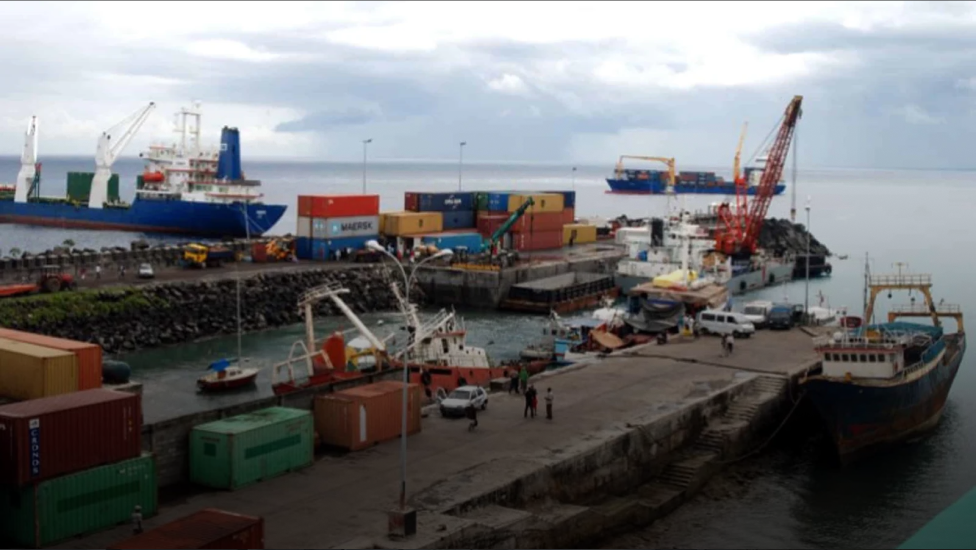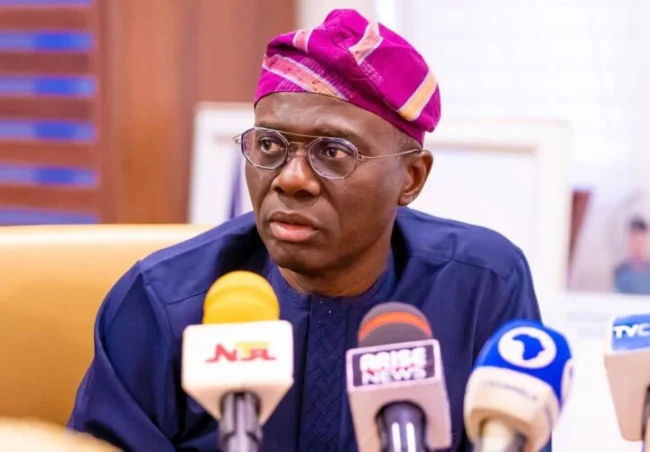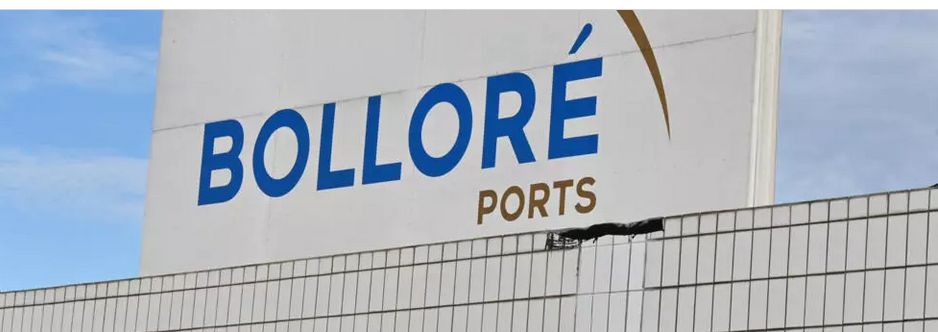AfrikanTrust
After a tense diplomatic standoff that froze sea travel between Comoros and Madagascar, the two Indian Ocean island nations have officially resumed maritime traffic, rekindling not only physical connections but also historic trade and cultural relations spanning centuries. The announcement came via a letter dated April 14 from the Director General of the Comorian National Agency for Maritime Affairs (ANAM), addressed to the Director General of the Comorian Ports Company (SCP). It authorized the re-establishment of maritime navigation between the Union of the Comoros and the Republic of Madagascar.
The significance of this move cannot be overstated. For small island economies long dependent on regional trade and people-to-people movement, connectivity is a lifeline. As the Comorian vessel Mutsamudu d’Acadie prepares to set sail once again for Majunga—a Malagasy port city with deep Comorian roots—observers see not just a return to business-as-usual, but a moment ripe with opportunity to deepen regional integration.
A Maritime Saga Rooted in History. The Comoros-Madagascar relationship is underpinned by shared geography and layered histories. Long before colonial borders divided the Indian Ocean space, Arab, African, and Austronesian maritime traders sailed these waters freely, linking the Swahili coast, Madagascar, and the Comorian archipelago in a trade network that trafficked in gold, spices, textiles, and enslaved persons. Majunga (also known as Mahajanga), in northwest Madagascar, was a key port where Comorians settled in significant numbers, helping shape the city’s demographic and cultural character.
During French colonial rule, both Madagascar and the Comoros became dependencies of the same imperial power, reinforcing infrastructure and commercial flows between the islands. Ships ferried goods, laborers, and colonial administrators. Though independence in the 20th century introduced new national borders and bureaucracies, the economic and familial interdependence between the islands never fully waned.
Today, the presence of large Comorian communities in Majunga and other parts of Madagascar serves as a living testament to those long-standing ties. It also explains why disruptions to maritime traffic can ripple far beyond government buildings, affecting traders, students, patients seeking medical treatment abroad, and entire families separated by shallow seas.
The suspension of maritime traffic earlier this year was triggered by Madagascar’s imposition of restrictive health and customs measures in the port of Majunga. These included mandatory disinfection of baggage and vehicles, rigorous health screenings, and the use of chemoprophylaxis for all incoming travelers. While framed as public health measures, they were interpreted in Comoros as overly punitive, even discriminatory.
The situation escalated into a diplomatic freeze, compounded by a long-simmering dispute over 28 gold bars seized at Moroni’s Prince Said Ibrahim International Airport in December 2021. The bars, which Malagasy authorities claimed ownership over, had been destined for Dubai aboard a private jet, with two Malagasy and one Comorian national on board. Their extradition and the return of the gold to Madagascar in March marked a turning point, symbolizing a willingness on both sides to re-engage.
This renewed dialogue led to the easing of maritime restrictions, with ANAM announcing that ships would now be able to dock and depart “without fear”—meaning without the specter of unpredictable bureaucratic interference or harsh surveillance.
Beyond diplomacy, the resumption of maritime traffic is a signal to regional business and development stakeholders that a crucial corridor is once again open. This move complements broader efforts to improve communication and transport links between the Indian Ocean islands.
Of particular note is the growth of submarine fiber optic cable networks in the region. Comoros Telecom’s ongoing investment in fiber connectivity—including plans to bolster undersea links—has the potential to significantly enhance digital communication between the islands, especially with Madagascar’s own well-established telecom infrastructure.
Digital and sea transport are twin pillars of 21st-century development in island economies. Improved maritime logistics can reduce the cost of trade, enhance tourism flows, and stimulate joint ventures in fisheries, agriculture, and shipping services. Meanwhile, robust digital connectivity opens the door to innovation in fintech, remote education, diaspora engagement, and cross-border entrepreneurship.
Prospects for a New Era of Regional Growth.
The reopening of maritime routes between Comoros and Madagascar comes at a time when Africa is reimagining regional trade under the African Continental Free Trade Area (AfCFTA). While both countries are geographically peripheral to mainland Africa, they are ideally positioned to serve as maritime bridges between the East African coast and global shipping lanes traversing the Mozambique Channel.
Furthermore, the return of passenger ships like the Mutsamudu d’Acadie—which carries a mix of traders, students, and medical patients—highlights the human dimension of this connectivity. It’s not just goods that move across the water, but ideas, cultures, and dreams.
To fully seize the moment, however, both governments must commit to investing in port infrastructure, ensuring regulatory predictability, and encouraging private sector collaboration in logistics, tourism, and ICT. Stronger institutional ties, including maritime cooperation agreements, joint port development, and synchronized customs procedures, could transform these historic ties into engines of future growth.
The Comoros-Madagascar maritime corridor is more than a shipping route. It is a living artery of history, culture, and commerce. Its reactivation marks a hopeful turn in the diplomatic fortunes of two countries whose fates have long been intertwined. In this renewed spirit of cooperation, the challenge now is not just to restore what was lost—but to build something bigger, better, and future-facing.
As the ships set sail once more across the Indian Ocean, they carry with them not only passengers and cargo, but the aspirations of a region ready to reconnect—with itself and with the wider world.




